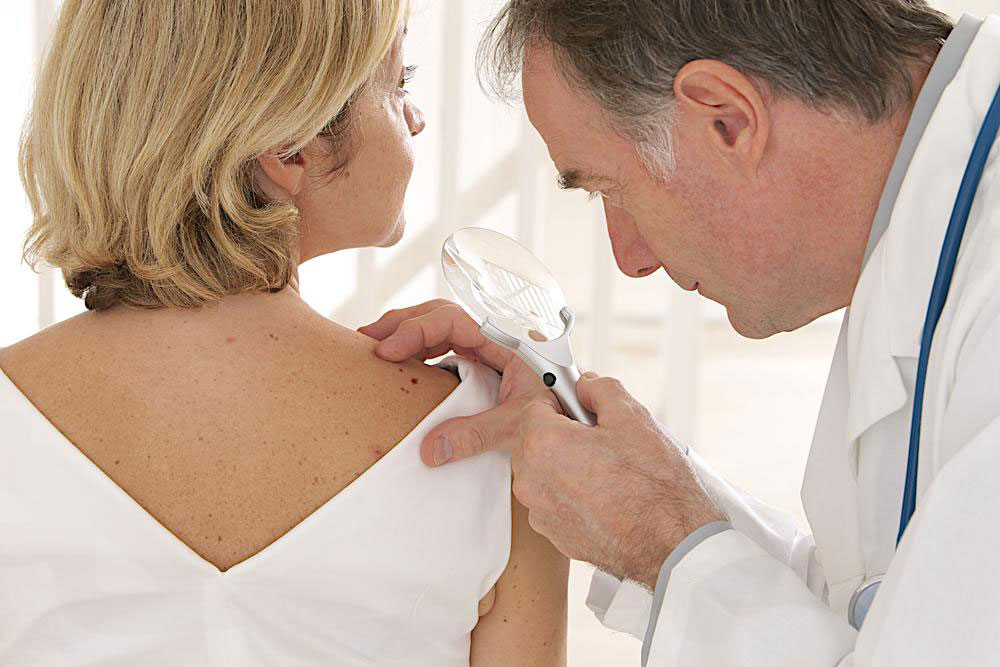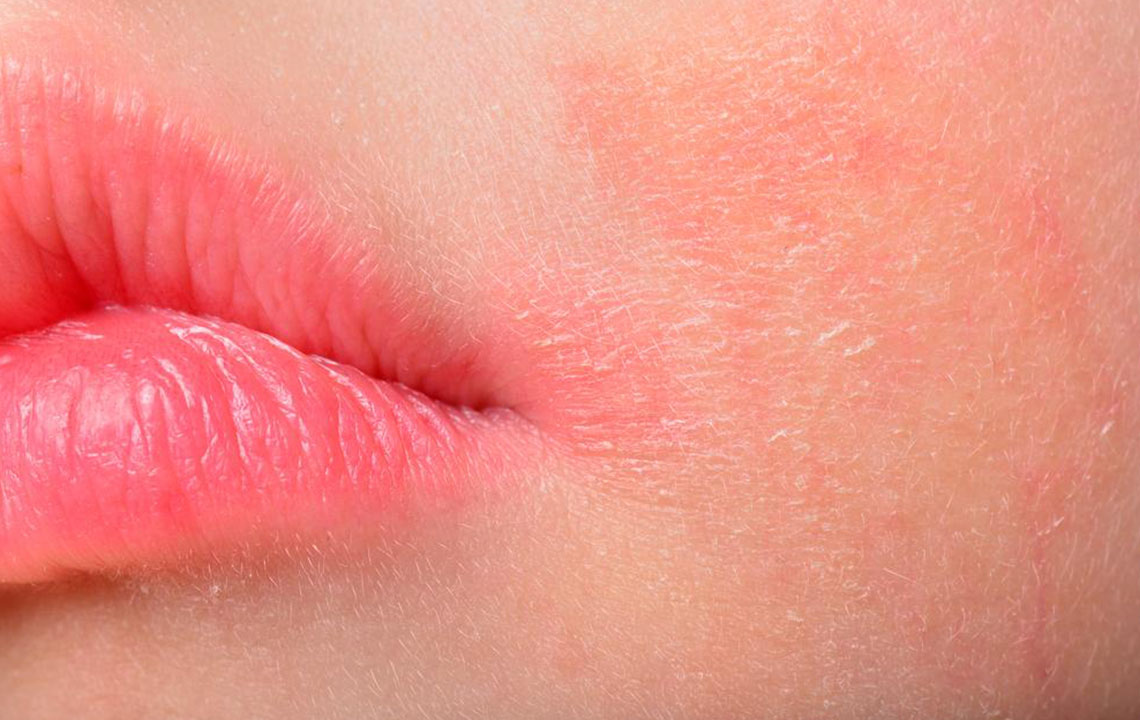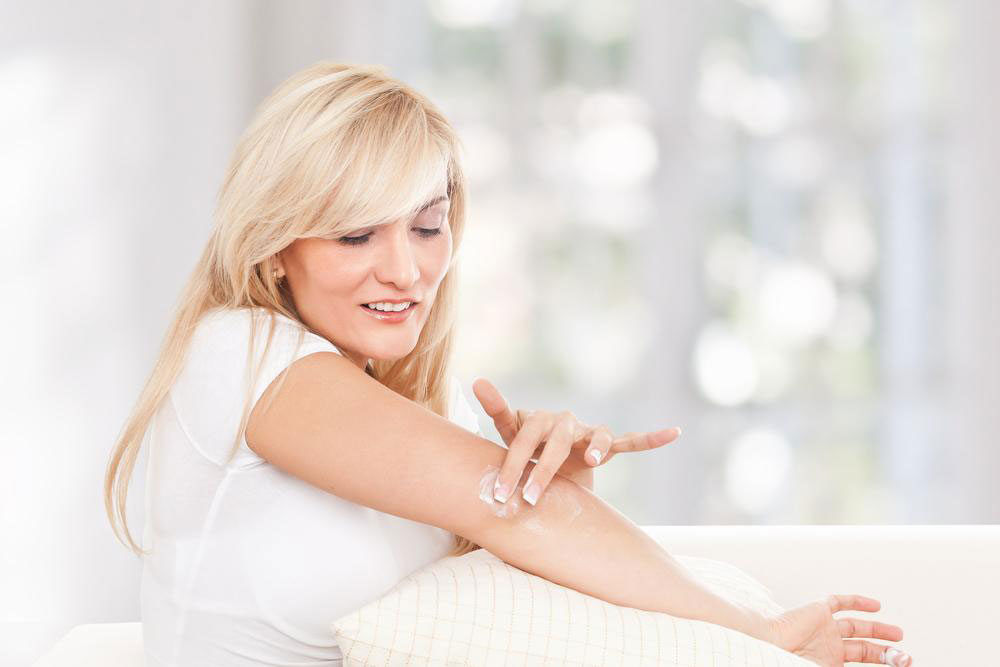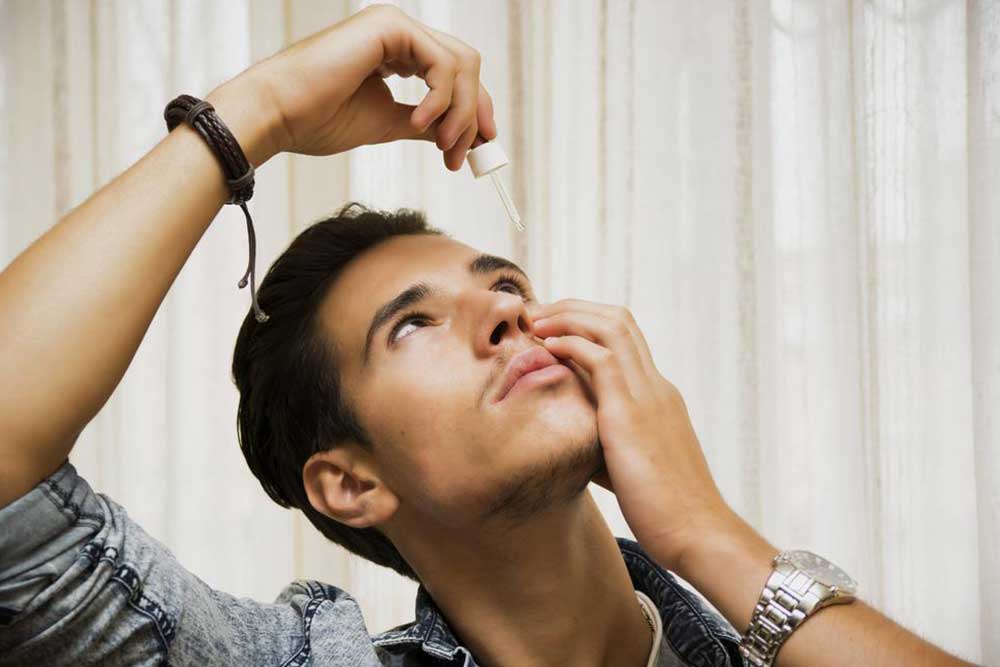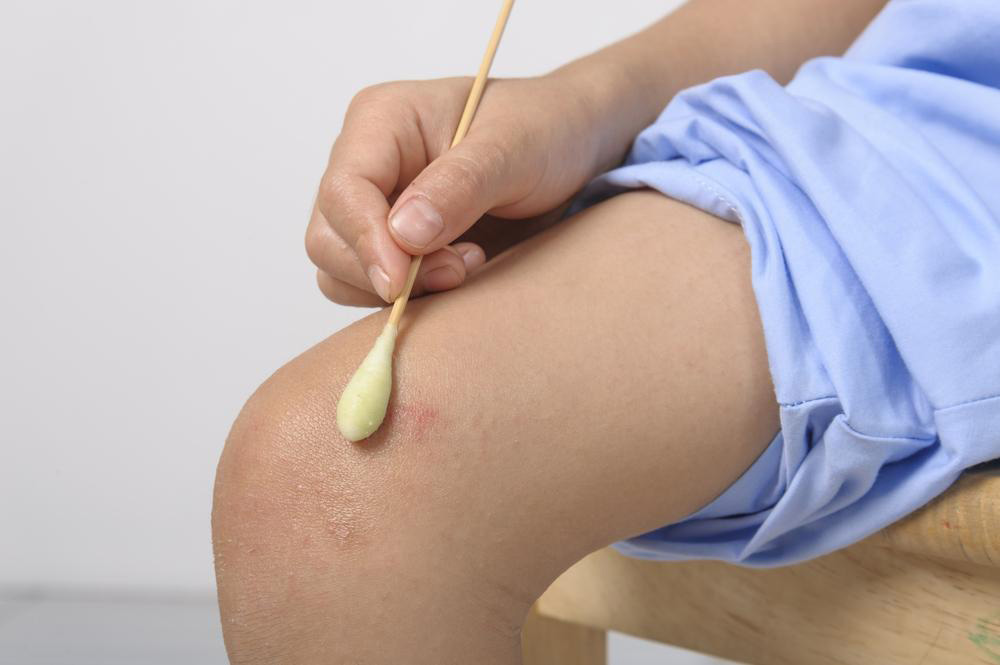Understanding Eyelid Dermatitis: Symptoms, Treatments, and Prevention Tips
Eyelid dermatitis, or periocular eczema, presents with redness, itching, and swelling of the eyelids. It can be effectively managed with topical treatments, moisturizers, and lifestyle adjustments. Recognizing triggers like allergens and irritants helps prevent flare-ups. Proper eye protection and skincare routines are essential. Consulting a healthcare professional ensures appropriate care, especially for chronic cases. Early intervention and avoidance of triggers can reduce recurrence, ensuring healthier, irritation-free skin around the eyes.

Understanding Eyelid Dermatitis: Symptoms, Treatments, and Prevention Tips
Eyelid dermatitis, also called eyelid eczema or periocular dermatitis, is a skin condition affecting the eyelids due to contact with allergens or irritants. It is manageable through symptom control and proper treatment, but it can recur. Recognizing early signs helps prevent triggers and reduce flare-ups. The condition manifests as redness, itching, swelling, and in some cases, blistering or scaliness. Various topical creams, moisturizers, and lifestyle adjustments are effective in managing the condition and preventing future episodes.
Symptoms and Recognition
Typical signs include redness, itching, burning, skin swelling, and the presence of small bumps or blisters. Symptoms can range from mild to severe, depending on exposure and sensitivity.
Effective Treatment Options
Topical Immunosuppressants: These creams help control immune responses, reducing inflammation and itching, often more effective than steroids in some cases. Apply twice daily as recommended.
Anti-inflammatory Creams: Medications that decrease swelling and itchiness are essential. Use under medical supervision to avoid tissue thinning or increased eye pressure.
Moisturizers: Hydrating lotions prevent skin dryness and scratching, which can worsen eczema. Consult a dermatologist for suitable products.
General Care Tips
Avoid touching or scratching the affected area to prevent infection.
Identify and avoid triggers such as makeup, skincare products, pollutants, or allergens.
Protect eyes with safety gear like goggles when exposed to irritants.
Maintain regular hydration of the eyelids with suitable moisturizers.
Use gentle cleansers, avoid harsh soaps, and skip makeup around sensitive eyes.
Managing Chronic Cases
In some cases, doctors may prescribe oral medications or other treatments to control persistent symptoms effectively.
Be cautious with long-term topical steroid use to prevent side effects like tissue thinning or glaucoma.
Preventive Strategies
Avoid rubbing or scratching the eyelids to minimize skin irritation.
Adjust diet if food allergies are contributing, especially avoiding dairy or known allergens.
Use cold or warm compresses to soothe itching.
Wear protective goggles and limit exposure to known irritants.
Regularly moisturize eyelids and choose fragrance-free, hypoallergenic products.
Limit use of eye makeup, opting for hypoallergenic options if necessary.
Early diagnosis and appropriate treatment are vital for managing eyelid dermatitis effectively. Recognizing triggers and maintaining good eyelid hygiene can prevent future episodes, ensuring comfort and healthier skin around the eyes.

